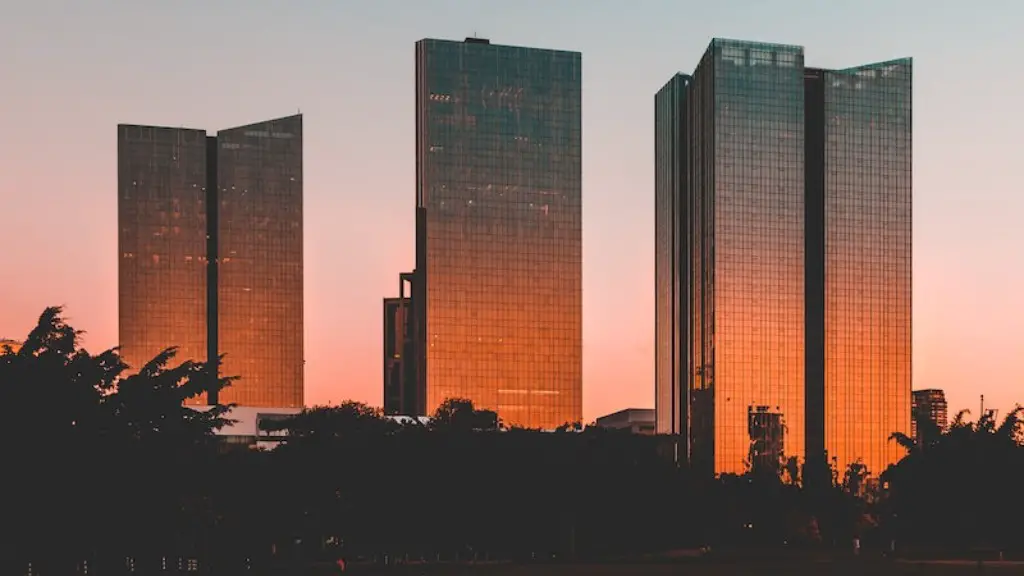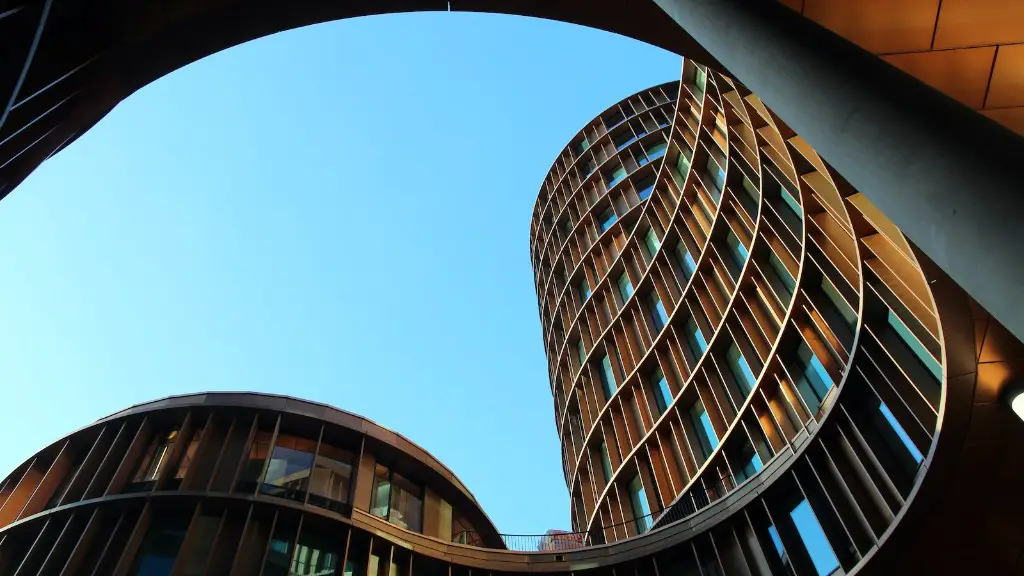What Is Ffe In Architecture?
FFE stands for “furnishings, fixtures and equipment” in architecture. It is an essential part of any interior fit out, such as a retail unit. FFE encompasses any elements of a project that require installation, such as furniture, sanitary ware, audio-visual equipment and specialised items such as kitchen equipment or counter-top displays.
In commercial architecture, FFE is usually among the biggest expenses of a project, which impacts both its carbon footprint and the cost of running and maintaining the building. As such, it is important to make sure that the FFE is right for the purpose of the building or interior fit out.
Why Is FFE Important?
FFE is important as it can have a huge impact on the look and feel of a space, as well as its atmosphere. It’s also very important from a practical point of view, as the choice of FFE will determine how comfortable, safe and efficient the space will be for those using it.
For instance, if the building is a retail unit, the choice of FFE will determine how well customers can interact with staff, how comfortable they will be, and how functional the space will be for customers and staff alike. Another example is a restaurant, where the FFE chosen will have a big impact on the whole experience for customers.
How to Choose FFE
When choosing FFE, it is important to consider the purpose of the interior space and the hours it will be operational. It is also important to consider the budget, as FFE usually takes up a large proportion of project budgets.
It is also important to take into account both sustainability issues and fire safety, as this will determine what can and cannot be used. When choosing furnishings, it is important to consider the size and scale of both the space and the furniture, as too small or too big furniture can compromise both practicality and safety.
For instance, if the space is an office, it is important to make sure that desks, chairs, shelves and cupboards are comfortable and ergonomic, as well as fire safe.
Installation of FFE
Installing FFE can be a complicated process, as it requires precision and accuracy to make sure that everything is in the right place and works as it should. As such, it is important to have a plan and make sure that the materials and equipment required for installation are properly organised.
It is also important to take into account the specific requirements of each piece of FFE, as these can vary from one piece to the next. For instance, audio-visual equipment usually requires connecting to a source of power and careful calibration, while furniture may require specialised customisation or installation.
Health and Safety Considerations When Installing FFE
When installing FFE, it is important to make sure that all health and safety regulations are adhered to. This includes both general regulations and specific ones, such as those related to fire safety or construction work.
It is important to make sure that the FFE being installed is safe and suitable for the purpose, and that all relevant materials and equipment are both secure and stable. It is also essential to make sure that the installation sites are properly protected, and that all workers are wearing the necessary safety equipment.
Future Trends in FFE
One of the biggest trends in FFE is the move towards more sustainable materials and finishes. In many countries, the introduction of legislation and agenda setting is helping to drive forward the use of more sustainable materials in FFE, such as bamboo, homemade fabrics and a range of other materials suitable for both commercial and residential applications.
Another trend is the use of technology in FFE. This includes the use of smart lighting, audio-visual technology such as 3D screens and projectors, and the move towards integrated systems. These systems provide both practical solutions and added entertainment, making them ideal for modern commercial and residential interior spaces.
Commercial Benefits of FFE
When properly chosen and installed, FFE can provide commercial benefits to both businesses and customers. This includes improved productivity, efficiency, comfort and safety.
For businesses, choosing the right FFE can provide a number of direct and indirect commercial benefits, such as improved staff retention, increased customer satisfaction and a better working environment. This can lead to improved revenue, cost savings and a competitive edge.
For customers, choosing the right FFE can provide a better experience and a greater sense of comfort and safety. This can lead to improved customer satisfaction, loyalty and repeat visits, which can be financially beneficial to the business.
Environmental Benefits of FFE
Choosing the right FFE can also provide a range of environmental benefits. This includes lower energy and water use, reduced waste generation and the use of recyclable and sustainable materials.
This can reduce the carbon footprint of both the business and the customers. It can also help to reduce pollution and conservation issues, as well as helping to protect local wildlife and habitats.
Financial Benefits of FFE
Choosing the right FFE can also be financially beneficial for businesses. This includes savings in both upfront costs and during the operational phase of the building.
Upfront costs can be reduced by choosing the right materials and design, as well as selecting equipment that is both efficient and cost effective. During the building’s operational phase, the use of FFE can lead to savings in energy, water, maintenance and staffing.
Conclusion
FFE is an essential part of any interior fit out, and it is important to consider both sustainability and safety when choosing and installing FFE. There are a range of commercial, environmental and financial benefits to be gained by choosing the right FFE, and these should be taken into account when making decisions about FFE.


